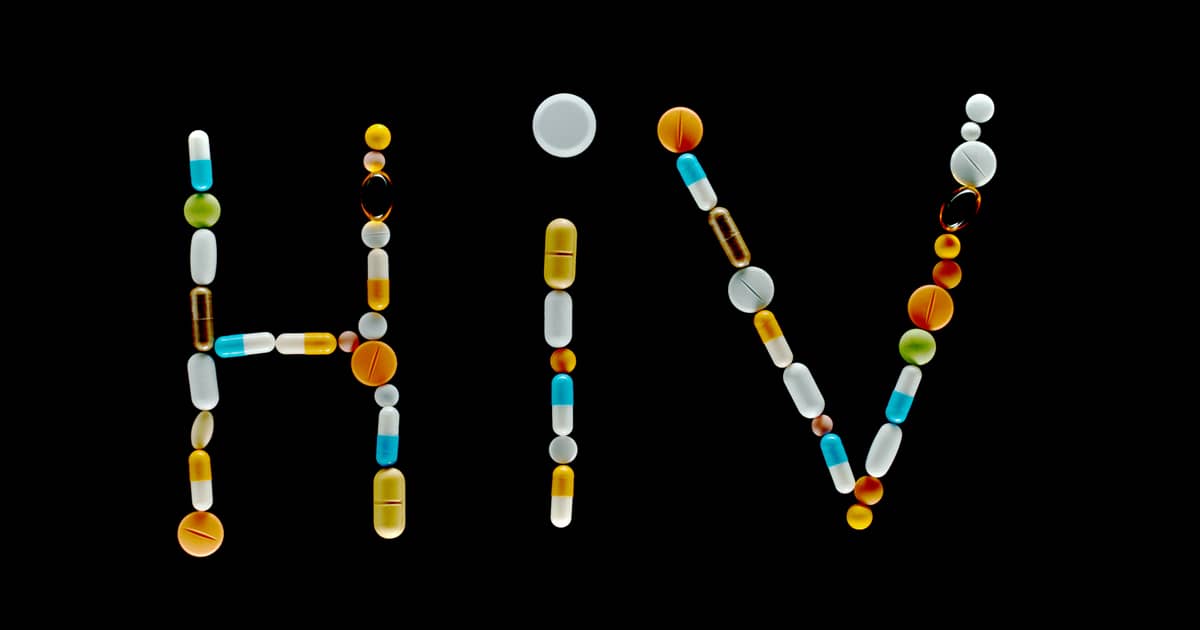Did you know that approximately 10 per cent of the HIV-positive individuals across the world demonstrate drug resistance towards the most commonly used types of antiretroviral therapy (ART) medications?
HIV drug resistance most commonly occurs towards first-line ART – the therapeutic protocol that’s considered the best option for initial and primary treatment. The highest levels of resistance have been identified towards the medications nevirapine (NRP) and efavirenz (EFV), the World Health Organization reports.
The Prevalence and Impact of HIV Drug Resistance
HIV drug resistance (sometimes abbreviated as HIVDR) results from changes in the genome of the virus. These changes limit severely the ability of ART medications to block and prevent the replication of the virus.
HIV drug resistance can occur in two ways. For a start, it may be a problem at the time the person gets their HIV-positive test result. Alternatively, it can be acquired later on because of a person’s poor adherence to their antiretroviral regimen.
As the administration of ART increases across the globe, so does HIVDR. That’s a normal phenomenon resulting from the virus being increasingly exposed to antiretroviral medications. WHO has established that drug resistance is already starting to occur for some of the newer medicinal classes used in ART.
Unfortunately, many countries don’t conduct surveys and lack data about the prevalence of HIV drug resistance. That can be a serious problem – experts are predicting severely reduced ART efficacy and increased mortality rates as a result of resistance. That’s why getting accurate data is very important, both in terms of resistance cases and the classes of antiretroviral medications that HIV has become resistant to.
The Two Kinds of HIV Drug Resistance
Pre-treatment drug resistance is identified in people who haven’t started ART yet.
Up to 10 per cent of the individuals who are just getting started with their treatment may exhibit partial or full drug resistance to non-nucleoside reverse transcriptase inhibitors (NNRTIs).
This kind of resistance is up to three times more common in individuals who have previously taken ART medications. These individuals may be the babies born to HIV-positive mothers who have been on ART during their pregnancy. That’s why studies find fairly high levels of drug resistance among newborns and infants.
Drug-resistant HIV’s prevalence is very high in infants up to the age of 18 months. Research from Sub-Saharan Africa suggests that almost half of all infants newly diagnosed with HIV are drug resistant before the initiation of treatment.
Acquired HIV drug resistance occurs in people who have already started ART successfully.
While ART medications are very potent, some drug resistance after the start of the treatment protocol is to be expected. That can occur even when an individual adheres to their ART treatment protocol. In the event of poor adherence, the risk of drug resistance increases.
Numerous studies suggest that people who don’t take their ART medications regularly are anywhere between 50 and 97 per cent likely to experience some degree of HIVDR.
HIVDR is very unlikely among the people who have already achieved viral load suppression. Whenever viral load suppression is achieved and maintained, the HIV genome lacks an opportunity to evolve and develop the kind of resistance that renders ART medications ineffective.
What’s the Solution?
While HIV drug resistance is a serious problem that has medical professionals worried, solutions are available and need to be actively pursued to decrease the scope of the issue.
The administration of HIV pre-exposure prophylaxis (PrEP) is a first and great line of defence that can potentially decrease the prominence of HIVDR.
PrEP medications are recommended to high risk individuals who may become infected due to their lifestyle, social status or behavioural patterns. When taken correctly, HIV PrEP almost entirely eliminates the risk of becoming infected. When at-risk individuals reduce the likelihood of an infection, they also decrease the scope of HIVDR for themselves, their communities and people at large.
One very important thing to understand is that drug resistance is very common among those who have taken PrEP and who have become infected with HIV. These are usually people who have poor adherence to their PrEP regimen. Because there’s an overlap between the PrEP and the ART medications, drug resistance is an issue that needs to be considered seriously in such situations.
Another viable approach to tackle drug resistance is to switch HIV-positive individuals to alternative forms of ART. Newer dolutegravir-based treatment protocols are demonstrating excellent results and lower levels of HIVDR in comparison to other first-line medications.
This is the reason why WHO recommends the administration of dolutegravir-based ART protocols, even among those who haven’t exhibited signs of resistance. Dolutegravir-based ART demonstrates very high rates of viral load suppression and the rates of acquired resistance (even among those who don’t adhere strictly to the protocol) are lower.
Some of the newest ART therapies are readily available in Singapore and you should pursue such opportunities if you are HIV-positive. If you don’t know your status, visit a licensed facility like Shim Clinic to get tested. Contact Shim Clinic now or drop by during working hours every day of the week and you’ll benefit from a personalised, confidential consultation with one of our experienced professionals

